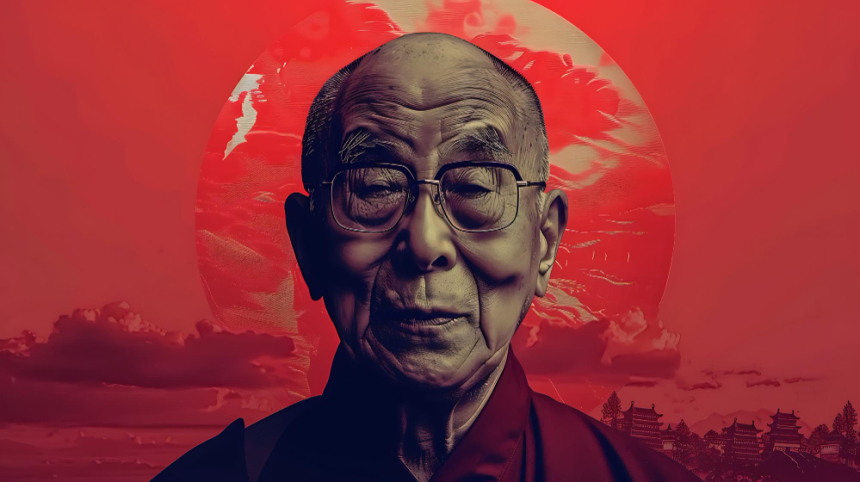As the Dalai Lama approaches his 90th birthday on July 6, Tibetans around the world are grappling with a profound question: what comes next for the spiritual and cultural leader of the Tibetan people? For many exiled Tibetans, the Dalai Lama embodies the hope of a free and autonomous Tibet. Now, he is inviting his followers to reflect on a future without him and whether the institution of the Dalai Lama should continue.
According to Thupten Jinpa, a long-time translator and confidant of the Dalai Lama, the answer is already becoming clear. “He has received petitions from across the Tibetan Buddhist communities, including from inside Tibet,” said Jinpa. “My hope is that before his birthday, he will issue a final statement confirming the continuity of the institution.”
The current Dalai Lama, recognized in 1936 as the 14th incarnation, has been a towering moral figure for more than six decades. While he relinquished his political role in 2011, handing over authority to a democratically elected Tibetan government-in-exile, his spiritual and symbolic leadership remains vital.
Jinpa likens the role of the Dalai Lama to a papal institution, extending beyond Tibet into India, Nepal, Bhutan, Mongolia, and parts of Russia. “He is the symbol of a nation and the aspiration of a people,” Jinpa noted.
China, which claims sovereignty over Tibet, is expected to appoint its own successor in an attempt to tighten control over the region. But Jinpa is adamant that Tibetans will reject any Beijing-appointed Dalai Lama. “They can suppress, ban, and force,” he said. “But you can never change people’s hearts.”
The Dalai Lama has signaled that any legitimate successor must be born in a free country and that his office in India, the Gaden Phodrang Trust, will guide the recognition process.
As the spiritual leader nears 90, he is encouraging Tibetans to prepare for the inevitable and ensure that the struggle for their identity and autonomy continues — with or without him.

